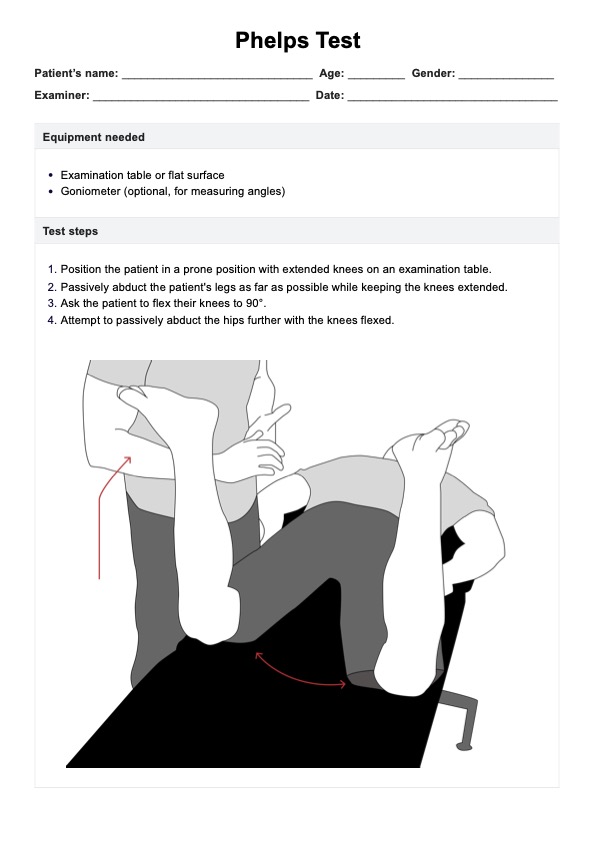To test for adductor tightness, use the Thomas test or Phelps Test. The patient lies supine on an examination table, and the practitioner moves the legs outward to assess hip abduction. Tightness in the adductor muscles restricts this range of motion, indicating limited flexibility or muscle contracture.












